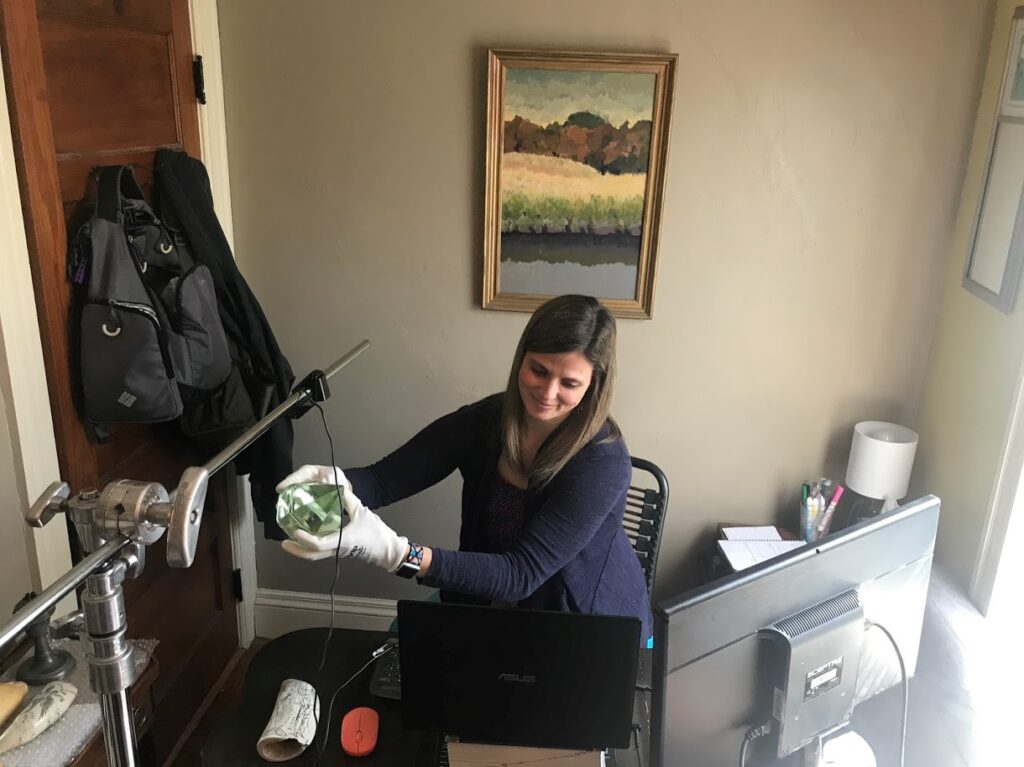
Explore space and maritime culture from the warmth of your own home this winter with our Winter Virtual Program Series. Our astronomy programming celebrates the diversity of the night sky as participants will explore the star lore of different cultures from around the world. After investigating new constellations and sky legends, each session will end with a craft activity that is themed to the week’s unique culture. Our maritime culture programming showcases our newest Mystic Seaport Museum exhibits and some of our favorite programming, and includes behind the scenes tours and fun performances.

